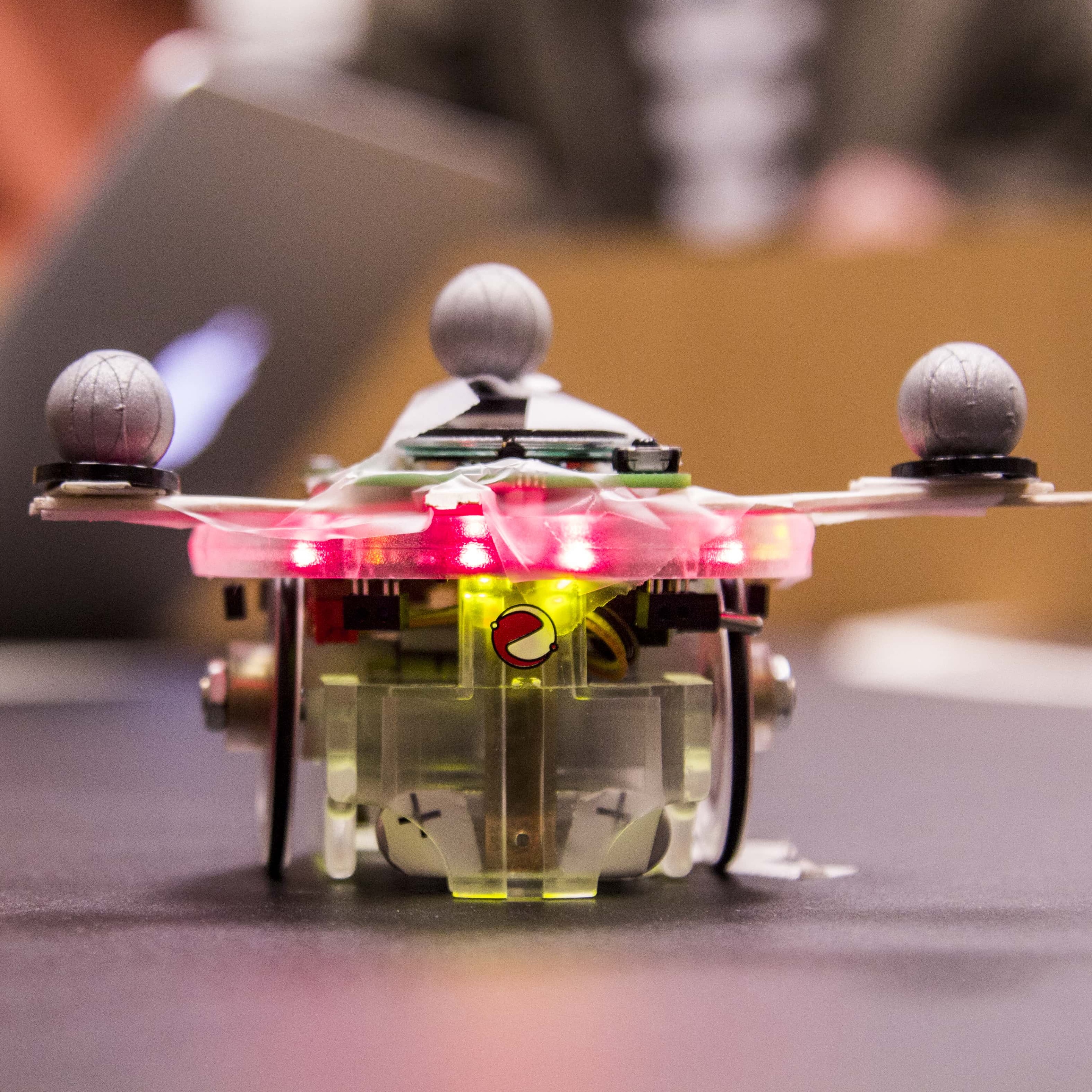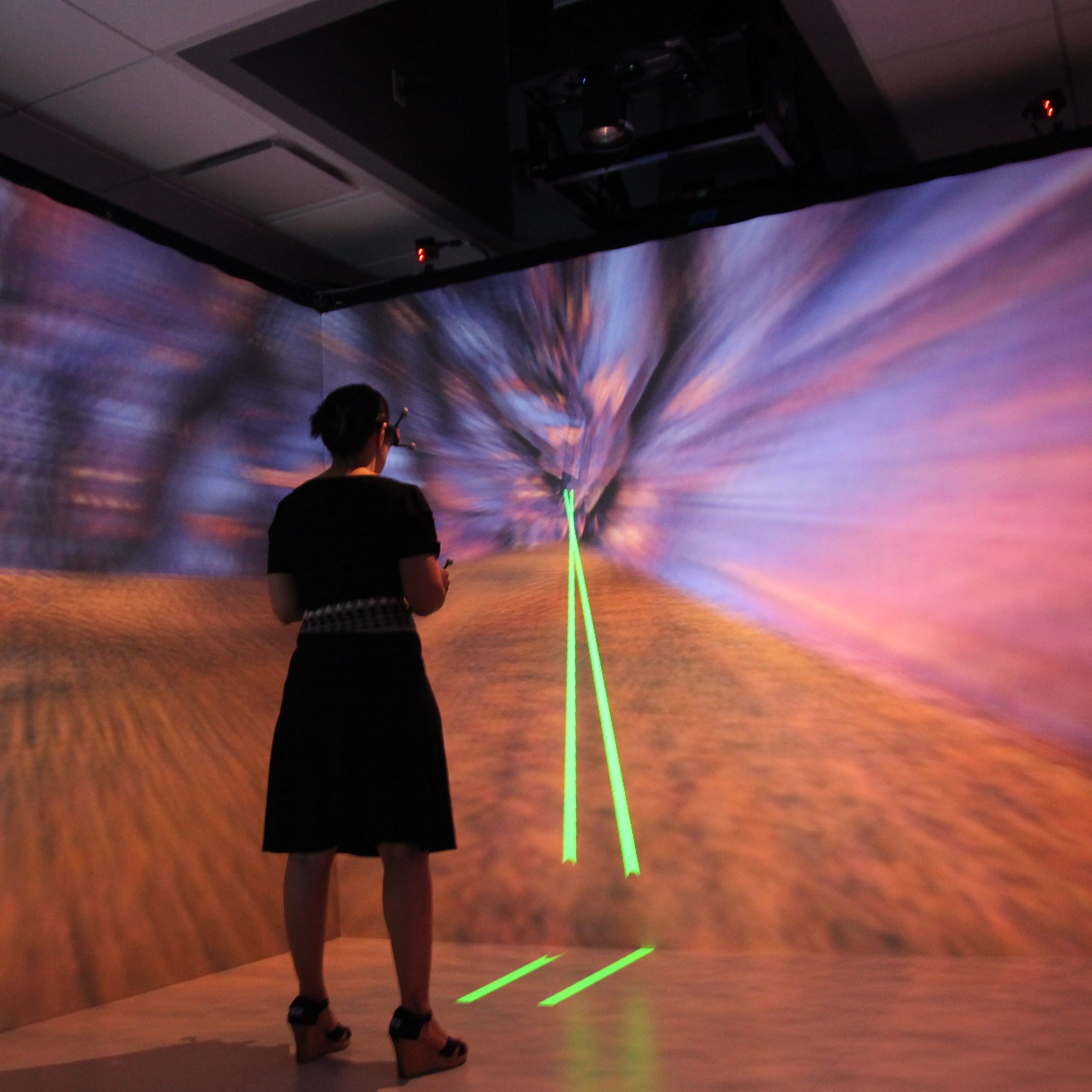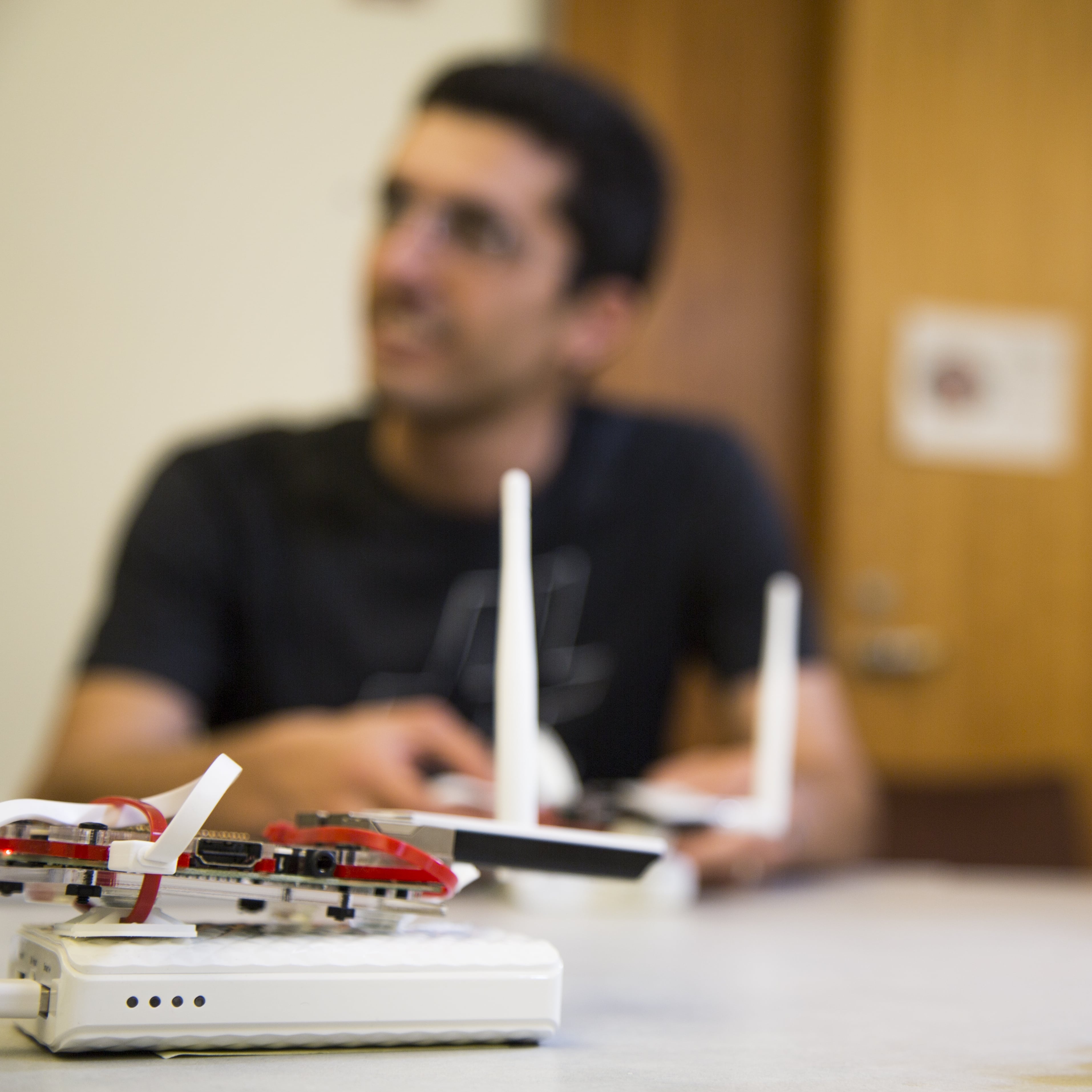What are Cyber-Physical Systems?
Cyber-physical systems (CPSs) are built from, and depend upon, the seamless integration of computational algorithms and physical components. These systems combine digital and analog devices, interfaces, sensors, networks, actuators, and computers with the natural environment and with human-made objects and structures. Just as the Internet has transformed the way people interact with information, cyber-physical systems are transforming the way people interact with the physical world. At the same time, the scale and inherent heterogeneity of these systems pose tremendous engineering challenges. New technological approaches are needed to formalize their design, manage and control them in a scalable, efficient, and secure way, and ensure their usability.


 Aerial vehicles in the National Airspace as part of commercial aviation, disaster relief, and search/rescue missions. Personal robots for household assistance. Self-driving vehicles.
Aerial vehicles in the National Airspace as part of commercial aviation, disaster relief, and search/rescue missions. Personal robots for household assistance. Self-driving vehicles. Wearable sensors for “quantified self” and health monitoring. Ubiquitous positioning and localization. Indoor navigation. Wildlife monitoring. Assistive technologies. Citizen science.
Wearable sensors for “quantified self” and health monitoring. Ubiquitous positioning and localization. Indoor navigation. Wildlife monitoring. Assistive technologies. Citizen science. Traffic prediction and routing. Intelligent transportation. Smart cities. Distributed power systems. Software-enabled appliances. Distributed sensing systems. Sensing using mobile phones.
Traffic prediction and routing. Intelligent transportation. Smart cities. Distributed power systems. Software-enabled appliances. Distributed sensing systems. Sensing using mobile phones.